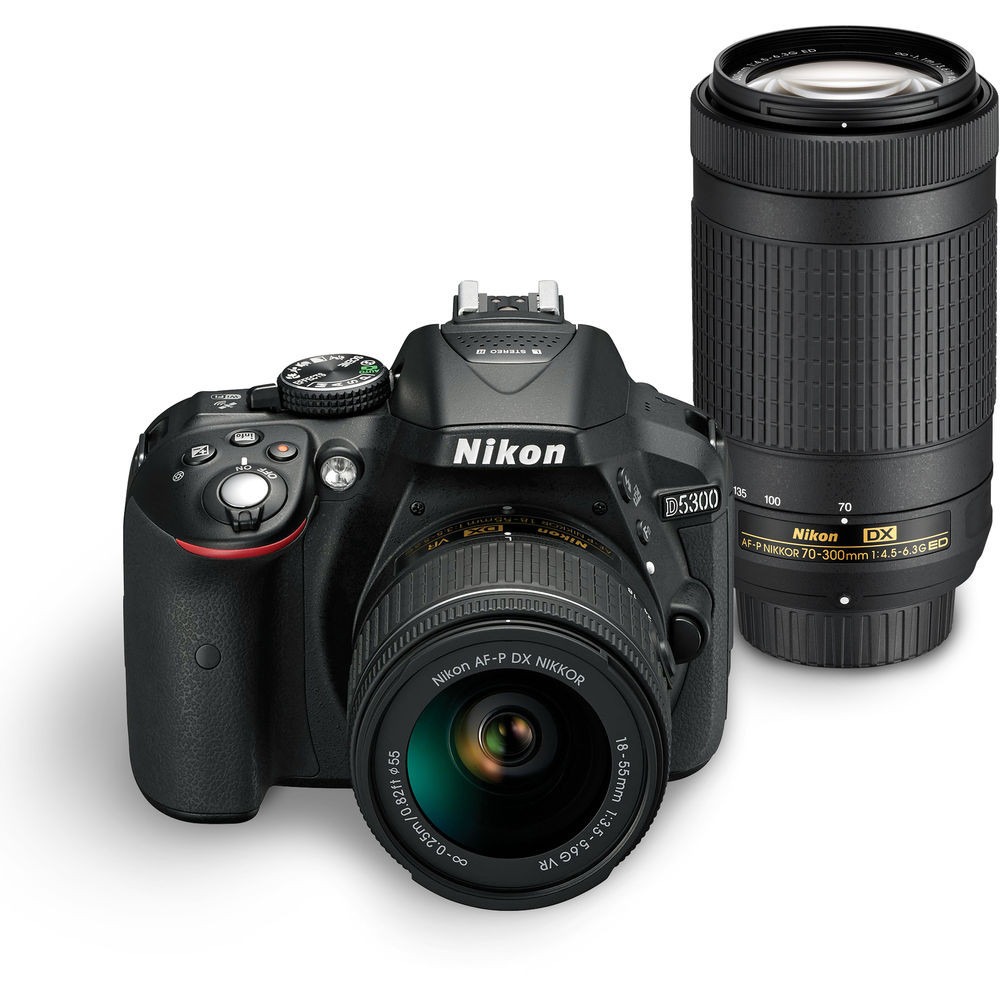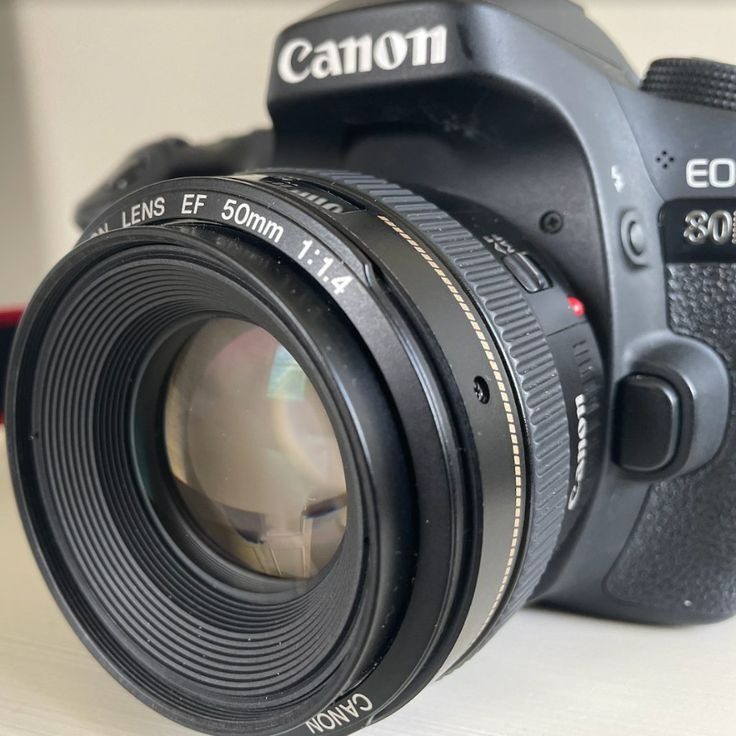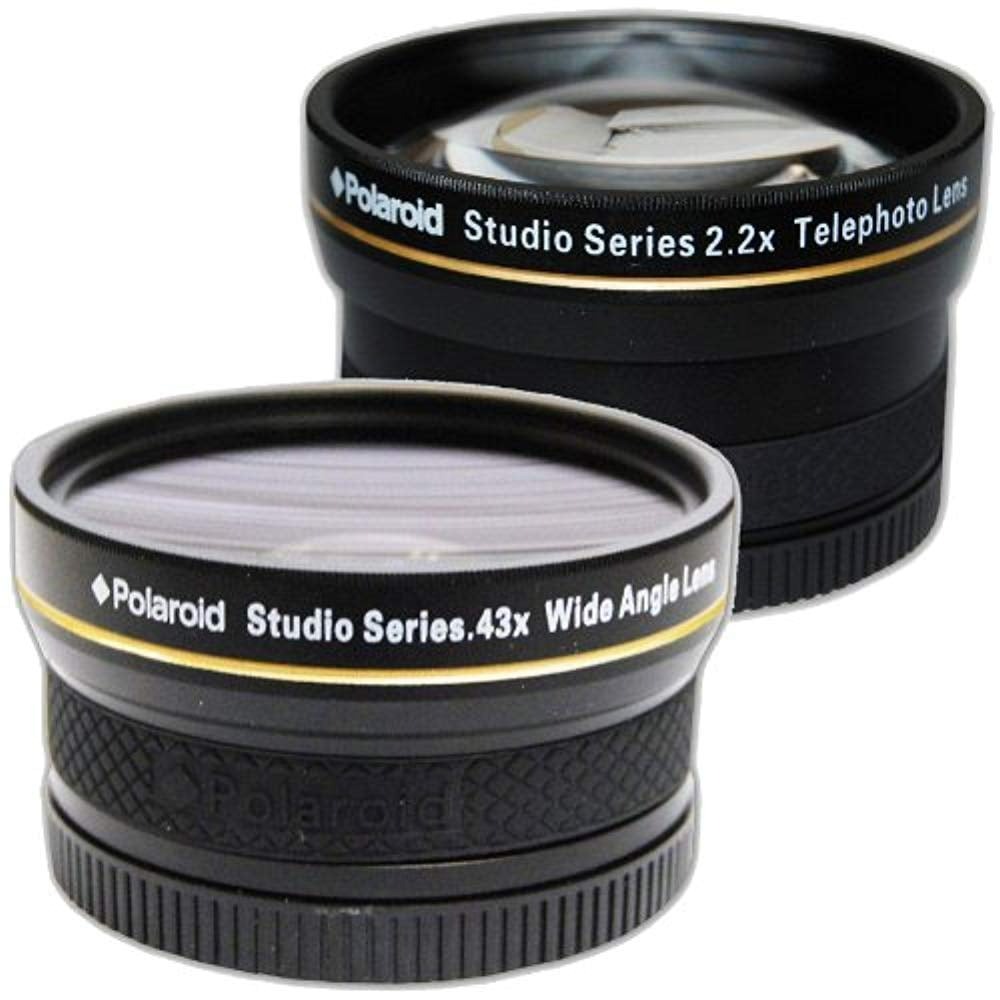Introduction to Camera Lens Types
When stepping into the world of photography, understanding camera lens types is crucial. Lens types vary based on focal length, aperture, and special features. Here we’ll discuss common types and their uses.
Standard Lenses have a mid-range focal length, typically around 50mm. They offer a field of view similar to the human eye, making them versatile for everyday shooting.
Wide-Angle Lenses capture more of the scene and are great for landscapes and architecture. Their focal length is less than 35mm.
Telephoto Lenses offer a long reach to bring distant subjects closer. They’re ideal for sports and wildlife photography and have focal lengths from 70mm upwards.
Macro Lenses are designed for extreme close-ups with sharp detail. They’re perfect for photographing small subjects like insects or flowers.
Fisheye Lenses give a unique, ultra-wide hemispherical image and are often used creatively to produce striking, panoramic or spherical effects.
Tilt-Shift Lenses allow photographers to control the perspective and depth of field separately. They are commonly used in architectural photography.
In selecting the best camera lens, consider what fits your photography style. Each lens type has its strengths and specialized uses. Match your choice with your preferred genre for the best outcomes.

Prime Lenses vs Zoom Lenses
When you’re looking to add to your photography kit, one of the major decisions is choosing between prime and zoom lenses. Here’s an overview of both to help you decide the best camera lens for your needs.
Prime Lenses offer a single focal length. This means they can’t zoom in or out. Benefits include:
- Sharper Images: Less moving parts mean prime lenses often provide superior image sharpness.
- Wider Apertures: They typically have larger maximum apertures, allowing more light and enabling a shallower depth of field.
- Lightweight Design: Without zoom mechanisms, they’re usually more compact and lighter.
- Cost-Effectiveness: They can be more affordable because of their simpler construction.
Zoom Lenses, however, give you flexibility with variable focal lengths. Their advantages include:
- Versatility: With the ability to change focal lengths, zoom lenses are great for varying subjects and distances.
- Convenience: They eliminate the need to switch between multiple lenses.
- Composition Options: You can experiment with different perspectives and compositions without moving.
Choosing between a prime or zoom lens depends on your shooting style and needs. Prime lenses might be the best camera lens for those seeking quality and simplicity, while zoom lenses cater to those requiring flexibility and range.
Important Lens Specifications to Consider
Choosing the best camera lens involves examining key specifications. These specs shape lens performance and compatibility with your photography goals. Let’s dive into the crucial specs to consider:
- Focal Length: This determines the lens’s angle of view. Shorter focal lengths give a wider view while longer lengths zoom in.
- Aperture Size: Represented by ‘f/’ numbers, a smaller number means a wider aperture, allowing more light for low-light conditions.
- Lens Mount: Ensure the lens fits your camera body. Different brands have different mounts.
- Autofocus Speed: Important for capturing fast-moving subjects, this affects how quickly the lens can focus.
- Image Stabilization: Reduces camera shake and is beneficial for handheld shooting, especially in low light.
- Weight and Size: Consider how the lens will affect your camera’s handling and portability.
- Filter Thread Size: Determines what size filters and accessories can be used with the lens.
- Minimum Focusing Distance: The shortest distance at which the lens can focus on a subject.
Understanding and comparing these specs will guide you in choosing the best camera lens for your photography.

The Impact of Sensor Size on Lens Choice
Choosing the best camera lens also means considering sensor size. The sensor size of your camera plays a huge role in your lens choice. Different sensors affect how a lens performs and the overall image quality. Here’s how sensor size impacts your decision:
- Crop Factor: Cameras with smaller sensors have a ‘crop factor’ that magnifies the image, effectively increasing the focal length. What looks like a 50mm lens on a full-frame camera, for example, might act like an 80mm lens on a camera with an APS-C sensor.
- Depth of Field: Larger sensors typically allow for a shallower depth of field. This means more background blur, which can be desirable for portraits and macro photography.
- Field of View: A larger sensor captures a wider field of view. This is important for landscape and architectural photography, where you want to capture as much of the scene as possible.
- Low Light Performance: Generally, larger sensors perform better in low light conditions. They can collect more light, resulting in less noise and clearer images at high ISO levels.
When you choose a lens, always consider the sensor size of your camera. Make sure the lens is compatible and performs as you expect given your camera’s sensor. This will help ensure you get the best camera lens for your needs and the highest quality photos.
Top Rated Camera Lenses of 2025
When looking to purchase the best camera lens, it’s helpful to consider expert reviews and ratings. The camera lenses topping the charts in 2025 combine technology advances with time-tested quality. These lenses cater to various photography styles and needs. Here’s what to keep in mind while checking out the top-rated lenses of the year:
- Versatility. The best lenses offer a great range and adapt to different scenarios.
- Image Quality. High-resolution and sharpness are the hallmarks of a superior lens.
- Build Quality. Robust construction protects lenses from wear and tear.
- Autofocus Performance. Top lenses boast fast and accurate autofocus systems.
- Compatibility. Ensure the lens works well with your camera body and sensor size.
Some of the highest-rated lenses this year include options for standard, wide-angle, and telephoto photography. Manufacturers like Canon, Nikon, Sigma, and Sony have all released impressive models. They’ve made enhancements that include better image stabilization and improved optics.
Macro photographers might look to lenses with precise focusing capabilities. For sports and wildlife, lenses with fast autofocus and high focal lengths are the go-to choice. Landscape photographers prefer wide-angle lenses that capture vast scenes with amazing clarity.
These top lenses are shaping the photography world in 2025. They’re helping photographers at all levels create stunning images with ease. Remember to match lens capabilities to your shooting style for the best results. With the right research and selection, you can make a purchase that will enhance your photography for years to come.

Genre-Specific Lens Recommendations
Choosing the best camera lens becomes easier when focused on specific genres. Here are recommendations tailored to various types of photography:
For Portrait Photography: Soft backgrounds and sharp subjects are key. Consider a prime lens with a wide aperture, like an 85mm f/1.4. It provides beautiful bokeh and precise focus on the subject.
Landscape Photography: Wide-angle lenses are a must. Look for lenses around 16-35mm to capture expansive scenes. High optical quality ensures crisp, clear images of nature.
Wildlife and Sports Photography: A telephoto lens with fast autofocus is crucial. Lenses with focal lengths of 300mm or more can capture action from a distance.
Street Photography: A smaller, lightweight lens aids discretion. A 35mm or 50mm prime lens offers quick shooting and a natural field of view.
Macro Photography: Detail is everything. Choose a macro lens with at least 1:1 magnification. It allows for life-sized close-ups of tiny subjects.
Astrophotography: A lens with a wide aperture is the best camera lens for stars. This lets in enough light to reveal details in the night sky.
Remember, the right lens for the genre can transform your photography. It helps capture the essence of your subject and enhances your creative vision.
Tips for Testing Lenses Before Purchase
When searching for the best camera lens, testing before buying is key. Here are essential tips for trying out lenses:
- Check for Sharpness: Zoom into photos at 100% to inspect sharpness at the center and edges.
- Test Autofocus Speed: Listen for noise while focusing, and assess the speed with moving subjects.
- Examine Build Quality: Feel for sturdy construction, smooth focusing, and zoom rings.
- Evaluate Image Stabilization: Test handheld shooting in low light to see the effectiveness.
- Try Different Apertures: Shoot at various apertures to assess light intake and depth of field.
- Look for Aberrations: Identify any chromatic aberration or distortion at different focal lengths.
- Test with Your Own Camera: Ensure compatibility and performance with your camera body.
- Use in Different Light Conditions: Check lens performance in both bright and dim environments.
- Review Lens Accessories: See how well filters and hoods fit and function with the lens.
Trying lenses before purchase helps you make an informed decision. It ensures you invest in a lens that meets your photography needs and standards.
Maintaining and Caring for Your Camera Lenses
Caring for your camera lenses is as important as choosing the best camera lens itself. Proper maintenance ensures your lenses perform optimally for years. Here are some guidelines:
- Handle with Care: Always hold lenses by the sides, avoiding contact with glass elements.
- Use Lens Caps: Protect lenses from dust and scratches by using caps when not in use.
- Clean Regularly: Use a soft, clean cloth to wipe away fingerprints and dust. Opt for lens-specific cleaning solutions.
- Avoid Moisture: Keep lenses dry. If exposed to moisture, dry them immediately with a soft cloth.
- Store Properly: Use padded bags or cases to prevent damage during transport and storage.
- Check for Fungus: Inspect lenses for signs of fungus or mold, especially if stored for long periods.
- Regular Maintenance: Schedule professional cleaning and check-ups to maintain lens functionality.
Following these steps can help preserve the quality and extend the lifespan of your camera lenses. Regular upkeep is key to achieving the best performance from your photography equipment.